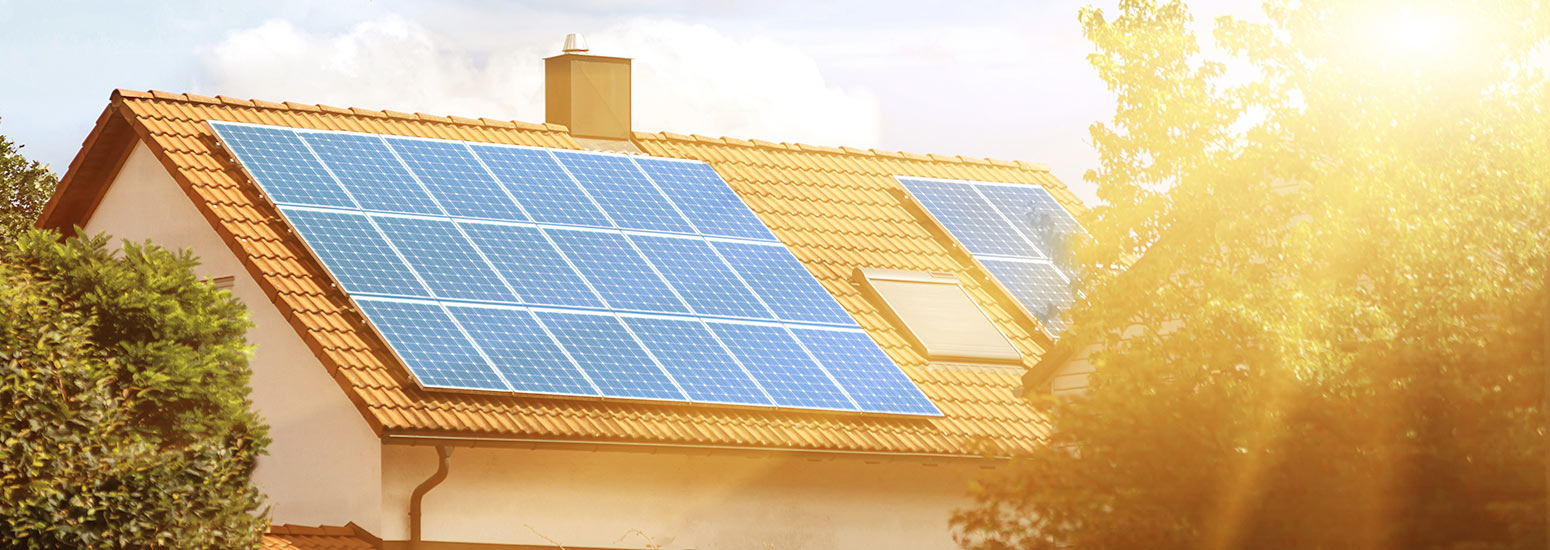Heating and cooling account for a significant part of a household's energy use. Traditional heating systems, such as furnaces and boilers, can be expensive to operate and contribute to greenhouse gas emissions. Solar assisted heat pumps offer a sustainable alternative that can help reduce both energy costs and carbon footprint.
Let's explore how these systems work, their advantages and the considerations to keep in mind when installing and using them.
What is a solar assisted heat pump?
A solar assisted heat pump is a type of renewable energy system that runs on solar power to provide heating and cooling solutions. It comprises a heat pump and photovoltaic (PV) panels which collect sunlight and use it to power the heat pump.
Solar energy is then converted into electricity, which then powers the compressor in the heat pump to move heat from one area to another. This can also be used for cooling in summer months. The heat pumps use the collected solar energy to increase the efficiency of their operations.
How do solar assisted heat pumps work?
The system absorbs heat from air and transfers it to your hot water cylinder or underfloor heating system. This process is much more efficient than traditional heating methods, as the solar energy used is free energy!
In winter, it collects energy from the sun and converts it into electricity, powering the heat pump. It then works by moving outside air to warm your home.
In summer, the system can be reversed to move heat outdoors, to keep your home cool. This is done through a process called “heat exchange”. Where the solar energy collected by the PV panels is used to power the compressor and move warmer air from inside to outside.
The amount of heat absorbed by the panel is proportional to the intensity of the sunlight, but also to how much surface area of the panel is exposed. The more sunlight, and the more surface area exposed, the more heat will be absorbed.
Benefits of solar assisted heat pumps
There are several advantages to installing a solar heat pump in your home, such as:
- Cost savings: Heat pumps are more energy efficient than traditional systems, resulting in lower energy bills. You can save money in the long run. as they require little to no maintenance costs over their lifetime.
- Eco-friendly: Solar heat pumps eliminate the need for electricity from a power grid, reducing emissions and making your home more eco-friendly.
- Flexibility: Can be used in a variety of ways to provide cooling, heating depending on the season and climate in your area.
- Durability: Systems are designed to last for many years. They are also made to withstand extreme temperatures and weather.
Installation and maintenance
Installing a solar heat pump is relatively simple, requiring little maintenance. As the system is powered by sunlight, there are no additional energy costs incurred. Panels need to be placed in a position to maximise their exposure to the sun throughout the year.
For optimal performance, it's advisable to have your system serviced and inspected regularly by a qualified professional. This will help identify any issues with your system and make sure it's working as efficiently as possible.
Is my property suitable?
The most important factors to consider are the size of the house, its position, and how much sun exposure it receives throughout the day.
If you have a large roof area, there should be enough room to install panels with enough sunlight to make the system worthwhile. Also check with your local council to confirm there are no restrictions on installing such a system in your area.
Do I need a hot water cylinder?
Hot water cylinders are required to install a solar assisted heat pump system. The cylinder stores the heated water generated by the system and allows it to be used when needed. It also helps to regulate the temperature of the system by controlling how much hot water is drawn off.
The size of the cylinder will depend on how many people are in your household and how much hot water you typically use. Ensure that the cylinder is large enough to meet your needs without wasting energy.
Where should my system be placed?
Ideally, the system should be installed in an area that receives maximum sunlight throughout the day. This ensures that the panels are able to absorb as much sunlight as possible.
Also make sure that the panels aren't shaded by trees or buildings. If the system is not installed in an optimal location, it may not be as efficient as possible.
If you have any queries be sure to get in touch with us. We'll be more than happy to help you with an air source heat pump. We can also help you with MCS approval to ensure your system meets all the requirements. Get in touch with us via email at enquiries@Unitherm.co.uk.



